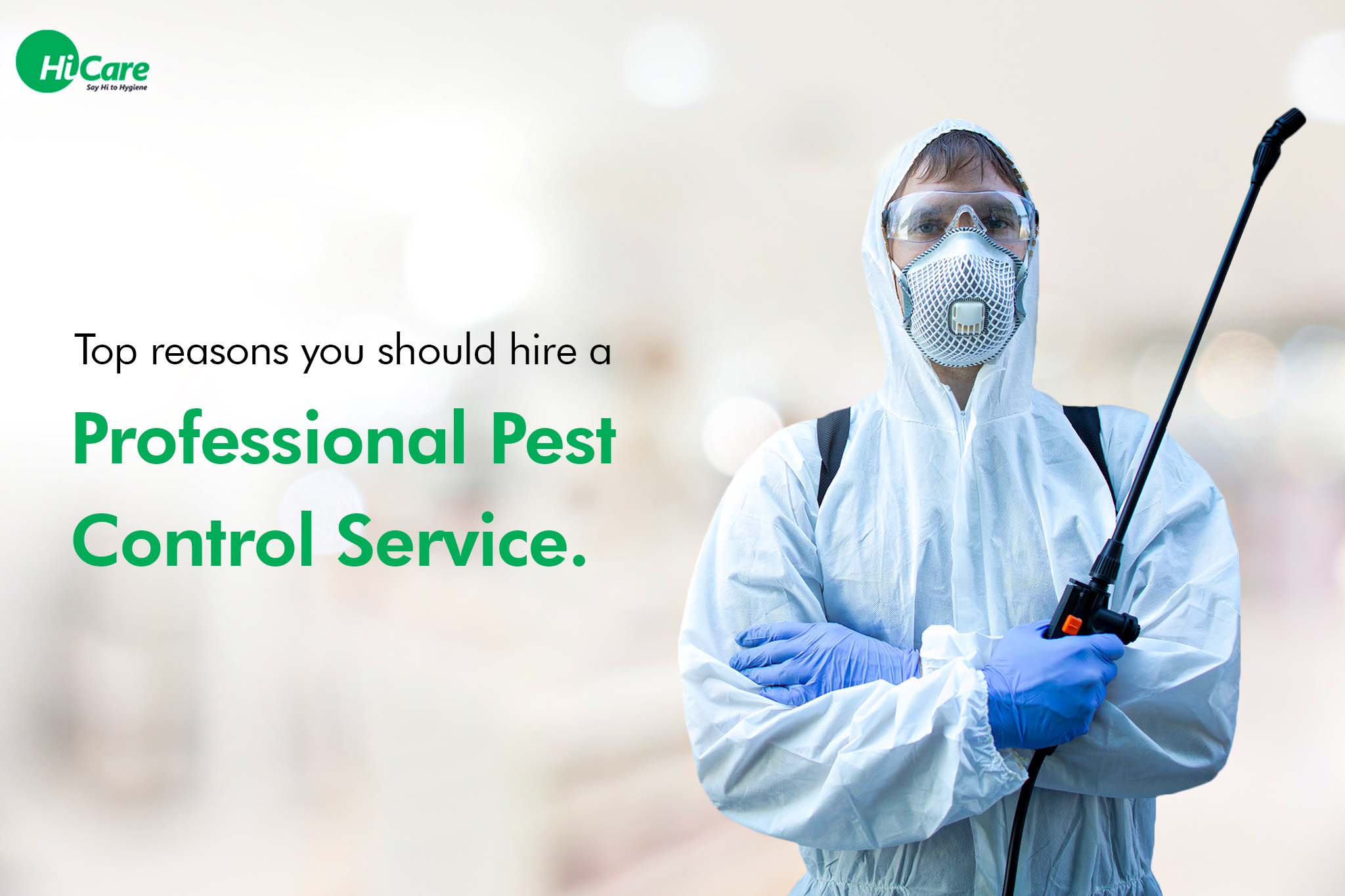Affordable A1 Portland Pest Control Bed Bugs - Trusted and Efficient Service
Reliable Bug Control Solutions: An Extensive Appearance at Extermination Techniques and Prevention Procedures
In the realm of insect control solutions, the effective management of invasions requires a precise method that incorporates various methods and measures for both obliteration and prevention. From Integrated Pest Administration (IPM) approaches that prioritize lasting services to chemical extermination techniques made for targeted removal, the toolbox versus insects is huge and diverse.

Integrated Bug Administration (IPM) Strategies
Integrated Bug Monitoring (IPM) Strategies incorporate a thorough technique to pest control that concentrates on control, avoidance, and tracking approaches to efficiently handle parasite populaces. By integrating numerous strategies, IPM intends to reduce the impact of pests while also reducing the dependence on chemical pesticides. Prevention exists at the core of IPM, emphasizing techniques like appropriate cleanliness, upkeep of hygiene, and securing entrance indicate deter pests from infesting buildings. Tracking plays an essential role in IPM by regularly examining and identifying pest levels to figure out the appropriate treatment thresholds. Control approaches in IPM focus on the use of physical, organic, and cultural approaches before turning to chemical therapies as a last option. These techniques consist of presenting natural predators, environment alteration, and employing capturing tools to keep bug populaces in check. Generally, IPM cultivates a sustainable and eco aware method to pest administration, promoting long-lasting solutions that safeguard both human health and wellness and the community.
Chemical Extermination Techniques
Chemical elimination techniques are frequently employed in parasite control services to properly eliminate insect populations that present a threat to human health and home. These methods involve the use of numerous chemical substances specifically created to target and remove insects such as insects, rats, and various other undesirable creatures. The application of chemicals, insecticides, rodenticides, and various other chemical representatives is meticulously regulated to make certain maximum effectiveness while decreasing dangers to humans, pet dogs, and the atmosphere.
Among the key advantages of chemical elimination strategies is their ability to provide fast and targeted outcomes, making them especially valuable in situations of extreme invasions or urgent parasite control demands - a1 residential pest control portland or bed bugs. Nonetheless, it is necessary to highlight the importance of appropriate handling, application, and disposal of these chemical items to avoid unintentional harm
In addition, incorporated pest administration (IPM) methods often combine chemical extermination strategies with other methods such as hygiene, environment modification, and biological controls to produce a lasting and thorough pest control approach. By incorporating chemical elimination strategies sensibly within an IPM framework, insect control solutions can successfully manage pest populaces while reducing possible risks to human health and wellness and the atmosphere.
Organic Insect Control Techniques
Utilizing all-natural killers and bloodsuckers to manage pest populations is a lasting method called organic pest control. This method harnesses the natural mechanisms of the ecosystem to regulate insect populaces without relying upon synthetic chemicals. One common organic control technique involves introducing natural opponents of the target parasite types, such as ladybugs for aphid control or nematodes for termite infestations. These all-natural killers feed on the insects, helping to maintain their populations in check.
One more you can try these out efficient organic control strategy is using microbial pesticides. These are naturally happening microbes, such as fungis, infections, and microorganisms, that particularly target and infect particular parasite species. By utilizing these microbial agents, insect populaces can be effectively decreased without causing or hurting beneficial organisms damage to the atmosphere.
Physical Pest Prevention Measures
Executing physical parasite avoidance steps involves utilizing barriers and architectural alterations to discourage pests from infesting a property or getting in. Installing door sweeps, screens on home windows, and sealing cracks in the structure can aid protect against parasites like pests and rodents from gaining access inside your home.
One more physical avoidance step is making use of obstacles like fence to maintain bigger parasites such as deer or raccoons away from the building. Setting up mesh or cable screens around yards can protect plants from being harmed by parasites. Correct waste monitoring, including protecting trash bin with tight-fitting covers, is important in preventing parasites like rodents, raccoons, and bugs. By implementing these physical insect prevention actions, home owners can dramatically minimize the danger of bug invasions and the damage they can trigger.
Expert Pest Inspection Procedures
Performing thorough and methodical bug assessments is a basic aspect of expert bug monitoring procedures. Professional pest examiners are trained to meticulously check out homes for signs of infestations, recognizing pest species, entrance points, and helpful conditions. The assessment process generally begins with a thorough evaluation of both the exterior and interior of the facilities. This includes checking for parasite droppings, munch marks, nests, and any type of architectural damages that might show insect task. Furthermore, examiners might utilize customized tools such as moisture meters and borescopes to detect surprise invasions within wall surfaces or crawl spaces.

Conclusion
In verdict, efficient parasite control solutions employ a selection of methods, including Integrated Insect Monitoring approaches, chemical extermination approaches, organic controls, and physical prevention steps. Professional insect assessment procedures play an essential duty in identifying and dealing with pest issues in a prompt way. By executing a combination of these methods, homeowner can efficiently prevent and manage parasite infestations.
From Integrated Parasite Monitoring (IPM) techniques that prioritize sustainable remedies to chemical extermination techniques designed for targeted removal, the collection versus bugs is complex and large.Integrated Bug Management (IPM) Techniques include a detailed technique to pest control that concentrates on surveillance, avoidance, and control approaches to efficiently handle parasite populations.Chemical extermination techniques are generally employed in parasite control solutions to efficiently eliminate insect populations that present a risk to human health and wellness and home.Employing all-natural killers and bloodsuckers to take care of alpha pest control bug populaces is a sustainable technique understood as organic insect control.In final thought, effective bug control solutions use a range of techniques, including Integrated Pest Monitoring methods, chemical extermination techniques, organic controls, and physical avoidance measures.